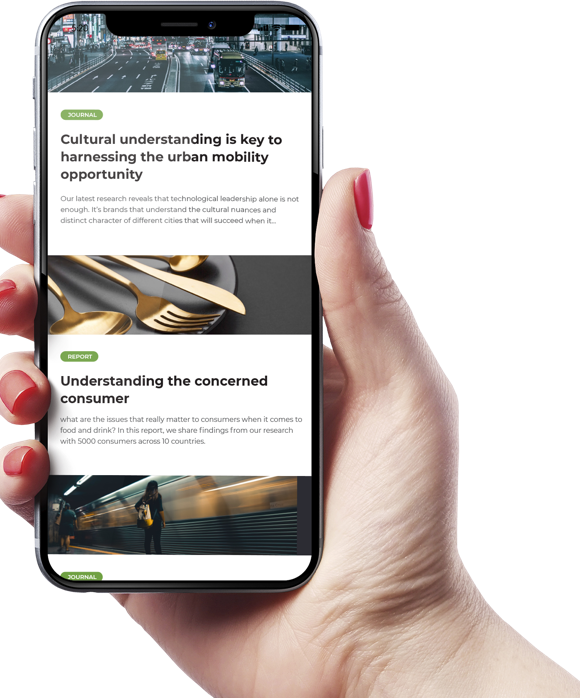The importance of surveys in market research cannot be understated. Surveys help businesses understand customer needs and preferences, develop new products and potential target markets, and track trends in customer behaviour. Surveys enable companies to make decisions based on hard data rather than speculation or anecdotal information by gathering data from various sources, such as customers and market experts.
Surveys can be classified broadly into online, offline, and field surveys. Different types of surveys can be used in market research, including telephone interviews, focus groups, online polls, and mail-in surveys. Each type of survey has its unique benefits.
Online surveys include:
- Questionnaires sent out via email or the web.
- SMS and web surveys.
- Interviews over the phone.
- On-site computer-assisted surveys.
Offline surveys involve traditional paper-based surveys, personal and non-personal interviews, and telephone and in-person surveys. Field surveys include gathering data through direct observation.
Since 2011, the market research industry has undergone a massive shift with the increased adoption of mobile research, as the challenges of high cost and limited reach have been overcome. As more sophisticated technology became more accessible, combined with an increasingly widespread penetration of smartphones, the research potential of mobile became evident. With the power to gather in-the-moment insights that could not be attained by in-person, telephone, or online research, businesses have been presented with a unique opportunity to obtain actionable consumer data with creative means.
Mobile devices’ unparalleled convenience and immediacy have seen a vast increase in consumer usage, surpassing PCs, high-speed internet, and even television. It is estimated that over 92 percent of Americans possess a mobile device, and 52 percent are smartphones equipped with geolocation technology.
Market researchers now have unparalleled access to consumers. They can collect on-the-go feedback about their experience with products, services, and events in real-time rather than at a later date.
Get regular insights
Keep up to date with the latest insights from our research as well as all our company news in our free monthly newsletter.

Geofencing technology makes this access possible, creating virtual fences around specific geographic locations, from entire city blocks to individual retail stores. When a smartphone detects one of these fences being crossed, notifications such as surveys, real-time deals, or other incentives are triggered. While technical limitations exist in the accuracy of a smartphone’s location determination, researchers can still take advantage of geofencing and its corresponding insights, such as on-site quality audits, product awareness, and out-of-home advertisement effectiveness.
What are geofencing surveys?
Geofencing surveys are an example of a field survey that uses technology and geography to determine how potential customers interact with certain areas of interest. The technology allows businesses to identify potential customers within a defined area and observe how they interact with products, services, and physical locations.
Examples of geofencing surveys include:
- Capturing foot traffic data around retail outlets.
- Determining the movement of customers to an event.
- Gauging response to campaigns.
These surveys can also give businesses valuable information, such as who the customers are, when and where they shop, what interests them, and which products are gaining the most attention.
What are in-person intercept surveys?
In-person intercept surveys are a form of market research in which surveys are administered in person to a large group of people. Generally conducted at stores, public spaces, and trade shows, this survey can provide valuable feedback from customers who are present at the moment. Examples of in-person intercept surveys include exit polls and customer opinion surveys.
Limitations of in-person intercept surveys.
The drawbacks of in-person intercept surveys include:
- High recruitment costs.
- Data accuracy concerns due to reliance on self-report methods.
- Limited accessibility to hard-to-reach groups.
- Time-consuming data collection.
- Difficulty obtaining reliable response rates.
In-person intercept surveys also require the participants to provide a large amount of personal information to complete the survey, which can cause respondents to be hesitant to answer specific questions and decrease overall survey completion rates. Additionally, it can be challenging to make the in-person surveys accessible to a wide range of populations, as location, language or even comfort level can be a factor.
Furthermore, collecting in-person data may present potential risks of data manipulation or divulging sensitive information. All these factors should be considered when utilizing in-person intercept surveys as a research methodology.
The benefits of geofencing surveys over in-person intercept surveys.
Geo-fencing surveys are beginning to eliminate the need for in-person intercept surveys because they offer more precise and actionable data in a shorter time. Furthermore, geo-fencing surveys allow businesses to capture larger samples, covering multiple geographic locations. Brands can utilise global positioning systems (GPS), beacons, and Radio Frequency Identification (RFID) to conduct geofencing surveys.
The benefits of geofencing surveys include accuracy in measuring customers’ activities, cost savings, and increased speed in obtaining results. These surveys also provide access to granular and precise customer data that can inform a business’ decisions regarding sales, product placement, and other marketing strategies.
Here are some of the top applications of how geofencing is advancing mobile market research:
Effectiveness of Out-of-home Ads.
With the use of geofencing, market researchers can ascertain the presence of consumers nearby and potentially exposed to out-of-home ads. By placing geofences around specified businesses, brands can more effectively evaluate the impact of advertisements by measuring the store visits of exposed individuals compared to those not exposed.
Acquiring Real-time Responses.
Whether it’s a shopping spree at a retail store or attending a concert, getting feedback as soon as the experience happens is crucial. Geofencing permits researchers to trigger a notification as someone enters or exits an area and to invite them to answer a few inquiries while the event is still recent in their memory.
Tracking Behaviour.
Geofencing can trace store visits, time on-site, and other significant metrics for retailers and advertisers. By merging this with other obtained data (i.e., browsing and buying activities), geofencing can help establish the actual influence of out-of-home ad exposure.
Catching shoppers at the right place.
Aside from having the ability to select and steer consumers to a particular place proactively, researchers can intercept natural shoppers while they go about their usual consumer habits in and around retail establishments worldwide. Shoppers can be quickly included in a survey, furnishing metrics such as ease of finding a product, store ad efficiency, consumer intent to buy, and more. The information gathered within the geofence serves as a store intercept.
Field Surveys.
As an alternative to physical field surveys, when a respondent is leaving a mall or movie theatre, with geofencing, researchers can recognise and ping respondents to take part in a specific action as soon as they leave the place, making this a much more practical solution for collecting valuable insights.
Competitor Analysis.
By setting geofences around the locations of a firm’s rivals, researchers can gain data to understand what factors motivated someone to visit one shop rather than another. This can aid competitive analysis studies.
Avoiding Battery Drain.
Most discussions on mobile optimisation generally focus on responsive design and tailored content. However, as brands continue to explore and invest more in mobile, ‘battery drain’ is one of the most critical problems that could make or break the experience overall, especially in the market research sector.
Any application that uses a device’s location will cause the battery to drain more rapidly. The more regularly the application searches for the location, the more battery life it will exhaust. No one is more conscious of this than the mobile carriers themselves. Recently, Verizon issued a warning to its customers about high-risk apps. We can anticipate similar notifications to grow in number as more apps involve battery-draining geolocation technology.
As firms develop research applications quickly to cater to the most recent advancements in mobile, it becomes essential to ensure quality. Before running a geofencing project, ask the technology provider what measures they have taken (if any) to preserve battery life, and personally download their app to try it out. If applications are draining batteries, this may significantly compromise the research quality. It is the responsibility of the industry to guarantee a good experience for all respondents, no matter the device.
A Richer Experience.
Mobile market research is merging the distinctions between qualitative and quantitative methodologies. Thanks to ubiquitous cameras and microphones, most mobile devices permit customers to deliver feedback in their own words. Researchers can now generate a more immersive user experience by constructing barcode scanning, picture, video, and audio functions into their surveys. The rapid uptake of mobile applications that promote the use of cameras and photo-sharing (i.e., Instagram) proves that customers are at ease when they snap a picture for surveys, regardless of whether they’re in a store or the comfort of their home.
By merging geofencing technology with multimedia features, researchers will have real-time access to audiences.
However, like the introduction of any new technology, researchers and project management teams need to be familiar with a respondent’s interaction and usage of a smartphone. With this understanding, they can set practical expectations, accurately target relevant audiences, and motivate higher participation rates. Ultimately, this should lead to more accurate and insightful data.
The future of geofencing surveys.
Geofencing surveys will evolve in the future. Brands can look forward to gaining more insights about customer behaviour, targeting, and personalisation, providing more effective marketing strategies. Moreover, with more sophisticated analytics and tracking technology, geofencing surveys will continue to offer valuable and timely insights.
 Senior Marketing Executive
Senior Marketing Executive Sales & Marketing
Sales & Marketing General Manager PR -Internal Communications & Government Affairs
General Manager PR -Internal Communications & Government Affairs Vital Strategies
Vital Strategies
 Customer Intelligence Director
Customer Intelligence Director